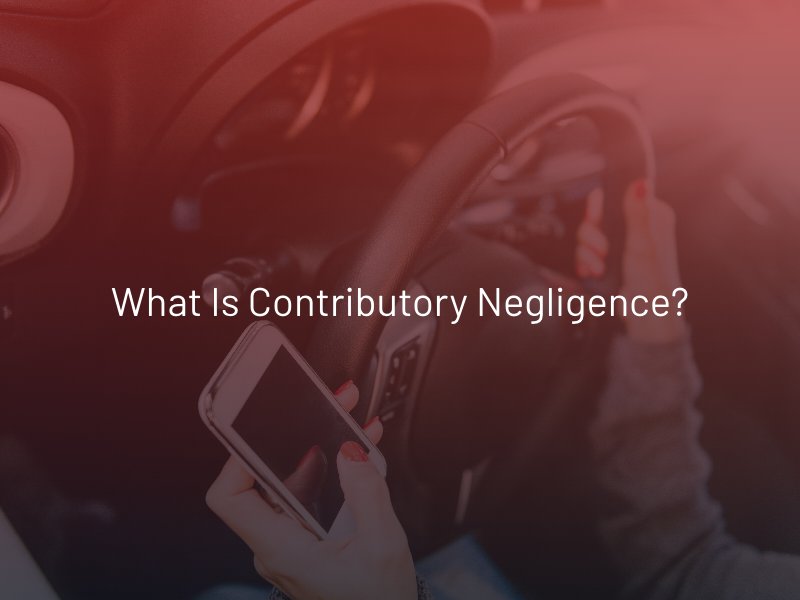What is Contributory Negligence?
If you are injured in a personal injury accident, you have the right to hold the liable party accountable by filing a claim. However, several states apply the law of contributory negligence to personal injury cases, which can significantly impact a victim’s compensation.

Contributory Negligence Defined
Under a pure contributory negligence system, when a plaintiff (victim) is found partially at fault for an accident that caused their injury, they cannot recover any compensation, even if they were only 1% to blame. As a result, to recover payment for accident-related losses, you must be able to prove that another party was 100% responsible for your injury. This rule is harsh, and why many states have now adopted a comparative negligence law instead. Under comparative negligence, a plaintiff’s compensation is reduced by their percentage of fault and, depending on the state, can be eliminated if they are 50% or more at fault.
Exceptions to Pure Contributory Negligence
Depending on the state, there may be a few exceptions to contributory negligence. For example:
“Last Clear Chance”
In some cases, a state’s contributory negligence rule will not apply if the defendant (at-fault party) had the “last clear chance” to avoid causing the accident and failed to act when given a reasonable opportunity to do so.
Willful or Wanton Conduct
Often when a defendant is found to have engaged in “willful or wanton” conduct, a contributory negligence law will not prohibit a plaintiff from pursuing a claim. This describes behavior that goes beyond gross negligence but does not quite meet intentional conduct. In other words, the defendant knows their behavior would probably cause another harm, such as drunk driving.
How to Ensure an At-Fault Party is Held Responsible in a Contributory Negligence State?
For plaintiffs to avoid their compensation being unfairly eliminated, it is critical to hire an experienced Las Vegas injury lawyer. They will ensure that there is strong evidence to support the claim and that the defendant is 100% responsible. To hold another party liable involved proving the following four elements of negligence:
Duty of Care
The defendant owed you a duty of care. For example, suppose a personal injury case involves a car accident. In that case, the at-fault driver owed a duty of care to the plaintiff to drive safely and follow traffic laws.
Breach of Duty
The defendant breached their duty of care by failing to act how another reasonable person would in a similar situation—for instance if the defendant ran a stop sign or was speeding through a pedestrian zone.
Causation
The defendant’s actions directly led to the plaintiff’s harm. In other words, the plaintiff would not have been injured if not for the defendant’s breach of care.
Damages
The plaintiff suffered damages as a result of the defendant’s negligence. (e.g., evidence of medical bills, lost income, pain and suffering, etc.)
If you or a loved one has been injured due to the negligence of another party in Nevada, contact a Las Vegas accident attorney to get started on your case as soon as possible. Fortunately, Nevada courts follow a modified comparative negligence system rather than contributory negligence. However, it is still critical to ensure that liability falls on the appropriate party to avoid your compensation being reduced.